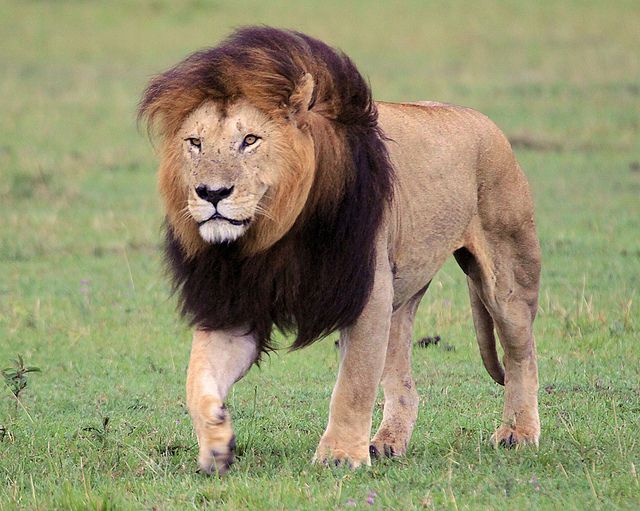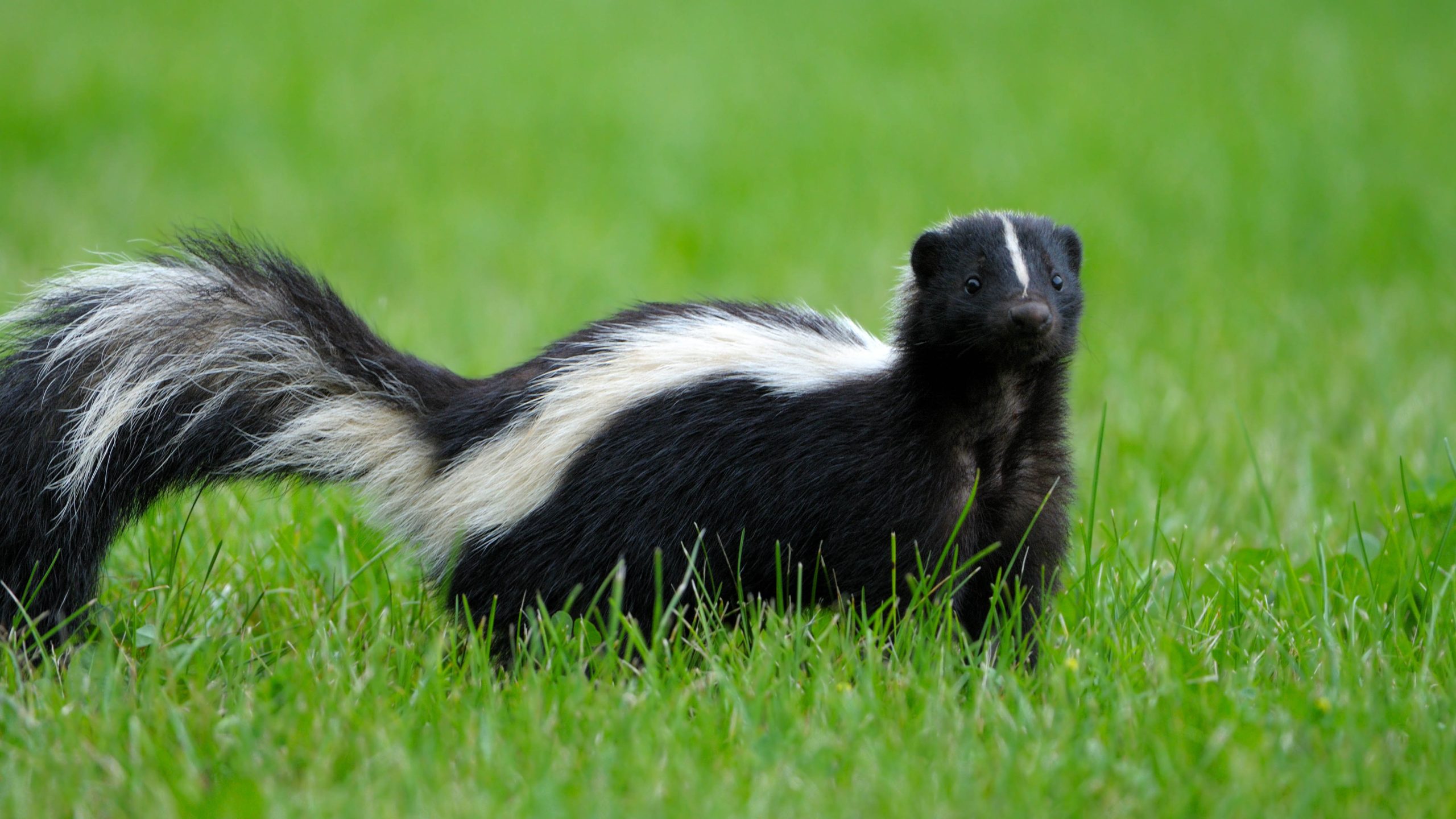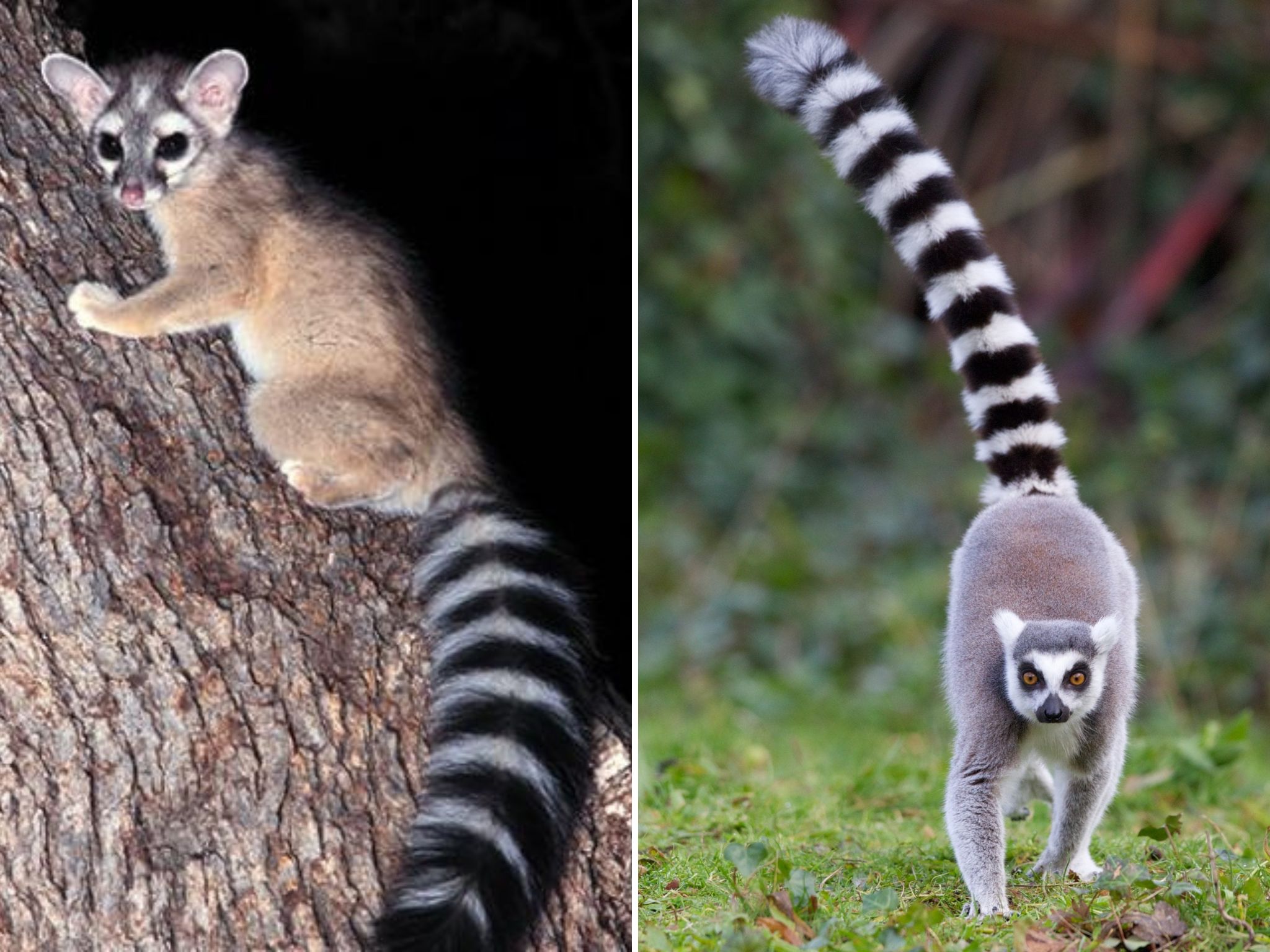
How well do you know your bears?
North American forests are home to two magnificent bear species: the black bear and the brown bear (often referred to as the grizzly bear). While both are large, powerful omnivores, they have distinct characteristics that can help you tell them apart. Let’s explore these fascinating giants of the wild and learn how to identify them.

Size Matters (Usually):
- Black Bear: Generally smaller than their brown cousins, black bears typically weigh between 130 and 600 pounds. They have a more slender build and can stand on their hind legs to appear larger when threatened.
- Brown Bear (Grizzly): True heavyweights of the forest, brown bears can tip the scales at a whopping 400 to 1,500 pounds! Their bodies are more robust and muscular, reflecting their strength and power.

Face and Fur:
- Black Bear: Despite their name, black bears can come in a variety of colors, including black, brown, cinnamon, and even blonde or white! They have a straighter facial profile with taller ears.
- Brown Bear (Grizzly): Brown bears, as their name suggests, are typically various shades of brown, ranging from light tan to almost black. They have a distinctive dished facial profile with short, rounded “teddy bear” ears.

Claws for Different Purposes:
- Black Bear: Black bears have shorter, curved claws (less than 2 inches) that are well-suited for climbing trees. These nimble climbers often spend time foraging for food in the branches.
- Brown Bear (Grizzly): Brown bears are built for digging. Their impressive claws can be up to 4 inches long and are perfectly adapted for tearing into the ground to unearth rodents and other prey.
Shoulder Check:
- Black Bear: Black bears have a straighter shoulder line that blends into their back.
- Brown Bear (Grizzly): A prominent shoulder hump is a telltale sign of a brown bear. This muscular hump gives them added strength for digging and fighting.
Where They Roam:
- Black Bear: Black bears have a wider range, adapting to various habitats including forests, mountains, and even swamps. They are more commonly seen in North America.
- Brown Bear (Grizzly): Brown bears, particularly grizzlies, are typically found in higher elevations and wilder areas of North America, especially Alaska and the Canadian Rockies.

Important Note:
While these are some key identifiers, it’s important to remember that there can be some variation within each species. If you encounter a bear in the wild, it’s crucial to stay calm, avoid approaching it, and follow safe bear encounter protocols.
Conservation Status:
The conservation statuses of black bears and brown bears (grizzly bears) differ depending on the specific subspecies and location. Here’s our breakdown.
Living Alongside Giants:
Black bears and brown bears are vital parts of the North American ecosystem. By understanding their differences and respecting their habitats, we can ensure the continued survival of these awe-inspiring creatures.







